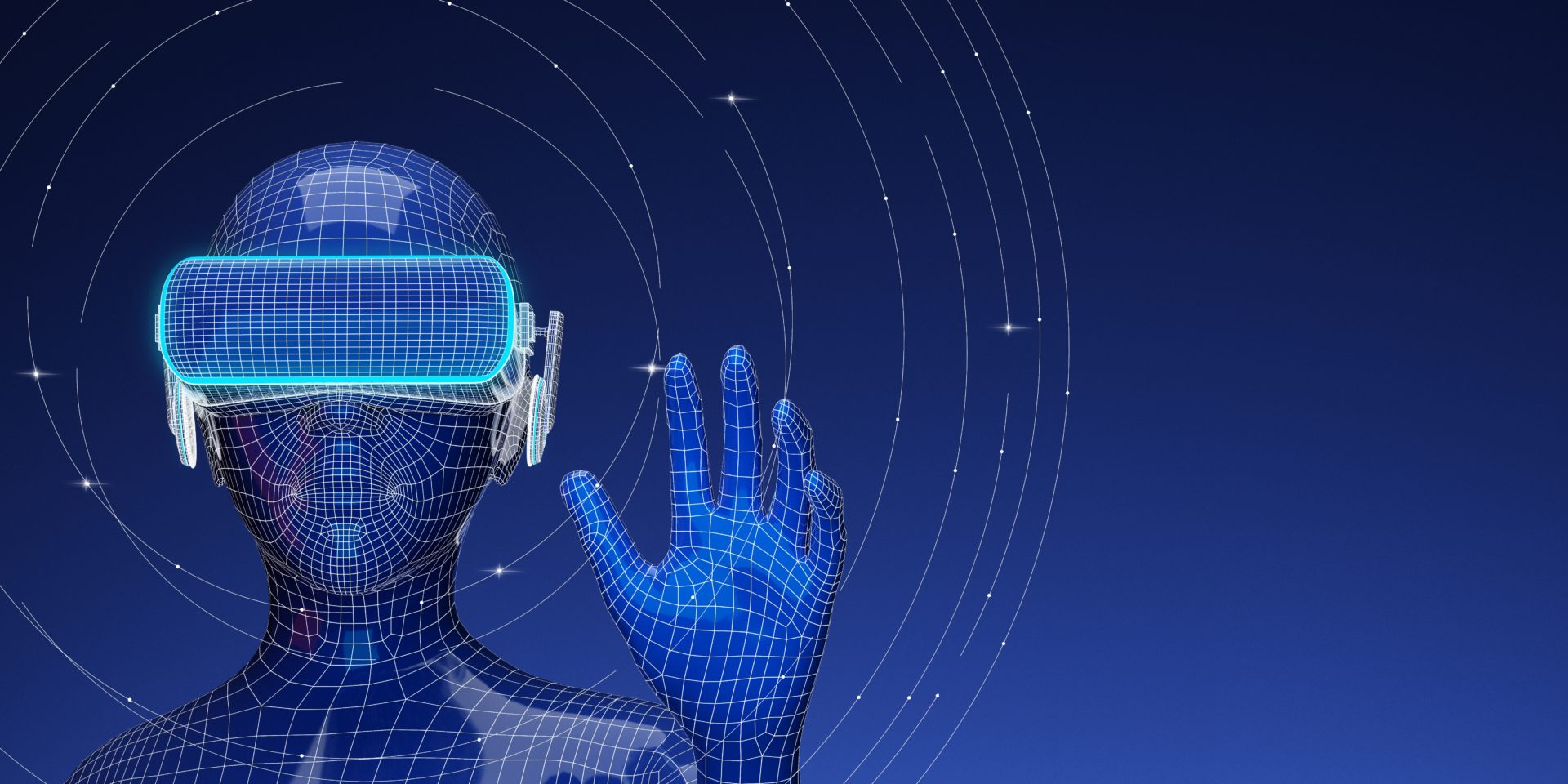The metaverse is already here
Today, more than two-thirds of the world uses mobile phones – a staggering 5.31 billion people. On top of that, nearly 5 billion people now have internet access and more than 4.6 billion are active social media users.
Brands don’t need to wait – the metaverse is very much here.
In this new digital ecosystem, work is conducted remotely via Zoom or Teams, shopping is done online via Amazon or D2C websites, and consumers engage, share and interact via unique digital communities.
As emerging technologies such as AR and VR have matured, brands and consumers alike now have access to new modes of shopping that weren’t feasible before.
Ikea Studio, for example, has been using AR technologies to allow customers to use their smartphone or tablet to visualise what furniture and other home décor will look like in their own space since 2018. Amazon’s ‘View In Your Room’ tool has also enabled consumers to see how products fit before you bring them home.
This isn’t unique to retailers, either. Beauty brands like Rimmel have been using the same tech to allow consumers to try on products virtually from the comfort of their own home. The most recent brand tech experience that made quite the splash was Nike’s acquisition of RTFKT, which will enable the global fashion giant to produce digital collectibles and NFTs (including digital sneakers).
While this future digital world has been in the making for several years, the stakes have now changed.
The merging of social commerce, ecommerce and community building
The first step in the journey towards true innovation is to accept that our perspective needs to shift. As we’ve seen, the metaverse is very much here and thriving.
So, what is the metaverse? Or, at the very least, what will it look like?
The metaverse is a broad term used to describe a virtual-reality space in which users can interact with a computer-generated environment and other users. Visions of the metaverse differ, but most agree it will combine the best elements of e-commerce, social commerce and blockchain technology to power new communities of shoppers.
To capitalise on this and reimagine the customer experience, forward-thinking brands will need to merge commerce with new technologies, behaviours and expectations.
In this new world, brands can create truly bespoke digital experiences. Imagine a 3D environment where shoppers can meet to browse, discover and explore online collections. Brands can create truly immersive experiences, powered by e-commerce, social commerce and cryptocurrencies, to enable a richer, more seamless user purchasing journey. Here, integrated shopping capabilities can include physical products, digital products or NFTs.
These virtual stores will create a highly personalised digital shopping experience for consumers where product discovery will also accelerate. Through the integration of AI technologies, brands can track a customer’s behaviour, purchase history, individual style and demographic profile, harnessing this data to provide bespoke and imaginative experiences simply not possible in physical stores or today’s web 2.0.
It’s a complete reimagination of the shopping experience – and something brands can (and should) make plans for today.
What steps can brands take to plan for the future?
At a time of exponential possibilities, the question we should really be asking ourselves is: “What is the future of the metaverse and how can my brand interact with it?”
At Initials, we believe the most conservative place to start is to look within Oculus and build a brand presence there, as it comes with a ready set consumer base that only looks set to grow.
This way, brands that are new to the space can start with a small budget to hold a metaverse brand discovery session, which will give you the insights and data needed to go on and create a 360-purchase store.
Drawing on shopper insights in the metaverse, brands can develop a strategic offering specific to the metaverse and establish where and how to show up. This approach makes sense for brands that want to gain exposure to the metaverse without jumping in feet first.
Alternatively, if a brand wanted to push the boundaries even further, it could partner with relevant influencers in the space, such as Snoop Dogg and Deadmau5, who are already building virtual brands that will host exclusive, members-only parties within the metaverse.
The biggest investment, however, is overcoming the mental hurdle of understanding what the metaverse is and the potential it holds.
While it may sound like some distant, fantastic future, the metaverse already here in a big way. Now is the time to test the waters and start embracing the metaverse, as it looks set to revolutionise the way brands and consumers interact for years to come.
As published in The Drum



